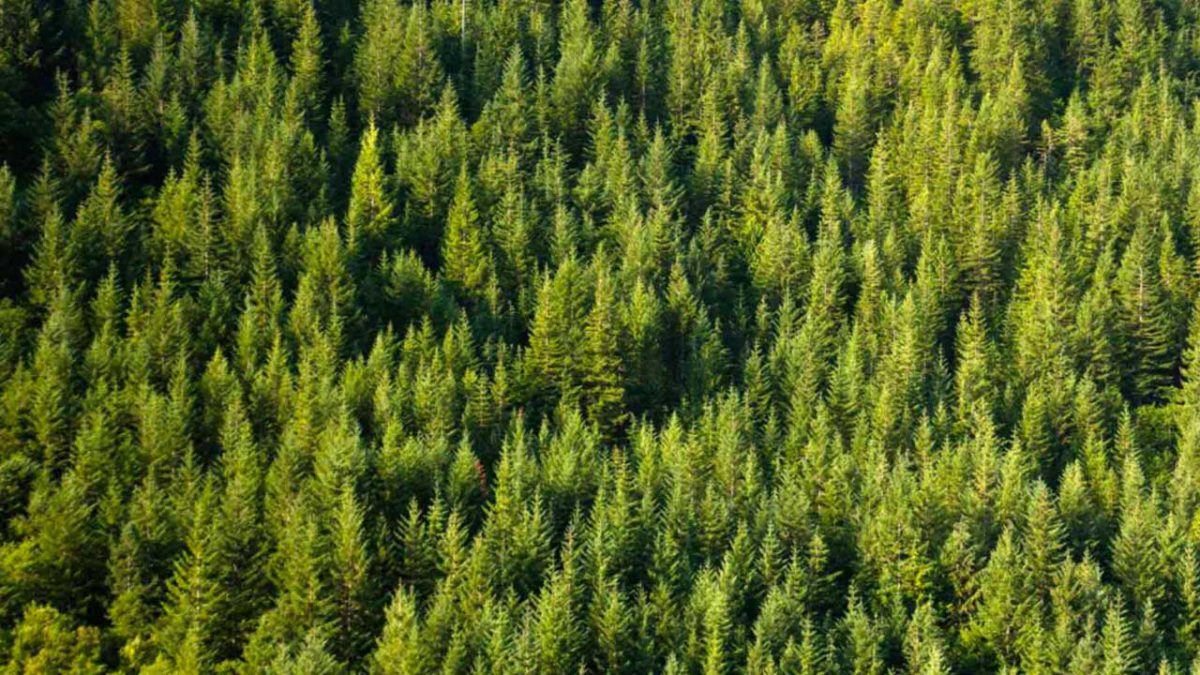Our Forest Certification Innovation Summit, held in Charlotte, NC on June 12, brought together over 60 representatives from across the forest products supply chain and lit the path forward for GreenBlue’s Forest Products Working Group’s ongoing effort to define the value of forest certification. As an immediate follow-up, we talked with some of the event’s sponsors to hear their perspectives on the event. While informal, the interviews are intended to provide insights from different supply chain positions on the major takeaways from the event, as well as explain how this kind of event can help advance the forest products industry.
For the first interview in our series, we sat down with Lisa Stocker, Sustainable Business Manager for Domtar. The Summit was conducted under the Chatham House Rule, so names and organizations will not be attributed to any of the specifics recalled from the event.

GreenBlue: Can you tell us a little about Domtar and how you fit into the forest products industry? Where do you fall in the value chain?
Lisa Stocker: We are the largest integrated marketer and manufacturer of uncoated freesheet paper in North America. We have 13 pulp and paper mills, nine in the United States and four in Canada, with an annual paper production capacity of approximately 3.4 million tons of uncoated paper. Our paper manufacturing operations are supported by 15 converting and distribution operations.
Domtar is next in line behind landowners, forest managers and loggers in the value chain. We rely on wood fiber that comes from actively managed forests owned by our neighbors in the communities surrounding our mills. Most of the wood that goes into the manufacturing process is derived from small pulpwood trees or residual waste generated when local sawmills process logs into lumber. Professional loggers and foresters who work with landowners to maintain ecological values like wildlife habitat and water quality are crucial partners in our supply chain.
The Summit brought together stakeholders from across the forest products supply chain to define the value of forest certification. What were some of your impressions from the discussion tables and interactions with the various value chain members?
I was very impressed by the open and constructive conversations between the wide ranging attendees who had never before been represented in the same room together. I thought the dialogue was rich and revealing, particularly as those from each end of the value chain articulated their respective goals and objectives to each other. I heard common sentiments about the importance of responsible land stewardship, economic value, and community viability.
What do you think were some successes of the Summit and what would you have liked to seen done better?
Certainly, the greatest success was the creation of a comfortable forum for passionate and respectful dialogue, active participation and enthusiasm for the next step. In future sessions, I would like to see even greater landowner and lumber market participation, and inclusion of more NGO stakeholders.
You have been involved in this project since the very beginning, from your perspective, what do you see as the critical next steps for this project?
Action! It strikes me that everyone in the value chain cares about keeping forests as working forests, seeks a return on investment, and recognizes the social value of our community cultures within which we each work and live. Within that overarching common framework, we should be able to create a solution that affirms landowner goals, maintains the economic engines in our communities and provides brand owners with independently verified certainty that the supply chain is indeed sustainable. We can do this!
One of the things that came up in the Summit discussions was expanding the scope of the value chain that we are currently working with. Are there any sectors or specific organizations that you think should be engaged in this work?
As I mentioned earlier, the supply chain for other product sectors that rely on the forest should be part of this conversation. That would include the higher value solid wood sector that begins the pipeline for lumber, engineered wood products, furniture, flooring and other products used by consumers across the globe. I also think that environmental organizations and foundations with similar missions and values should be engaged.
Lisa, I want to thank you and Domtar again for helping us put on the Summit. Is there anything else that you would like to mention about the Summit or project?
Just that there is no question in my mind that this project is necessary and success is vital to maintain the forests and social fabric of North America.
We definitely agree on that last point! Thanks again for taking the time to talk with us; we are looking forward to continuing to work with you.
Categories
Moving Beyond Forest Certification: Interview with Domtar


